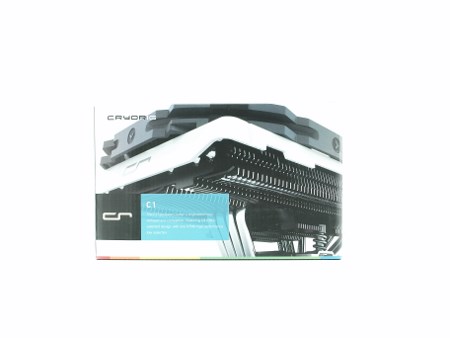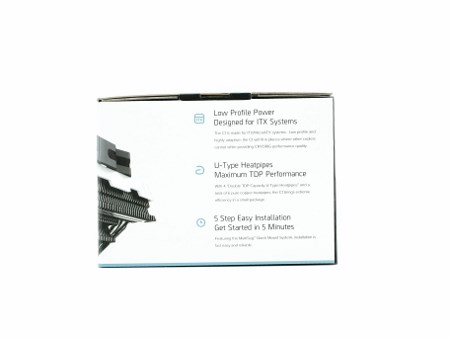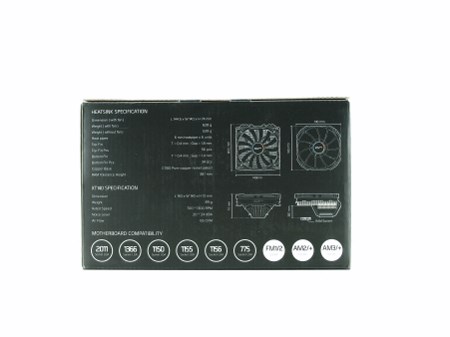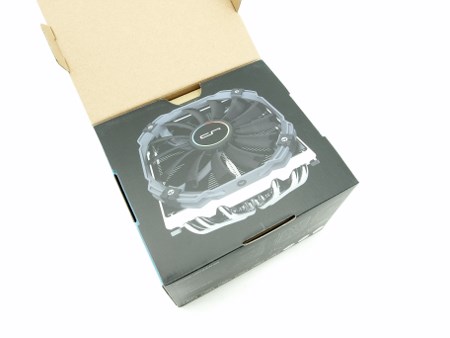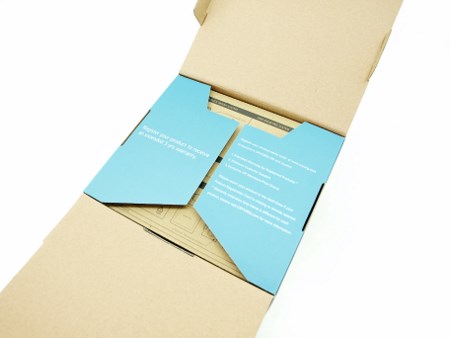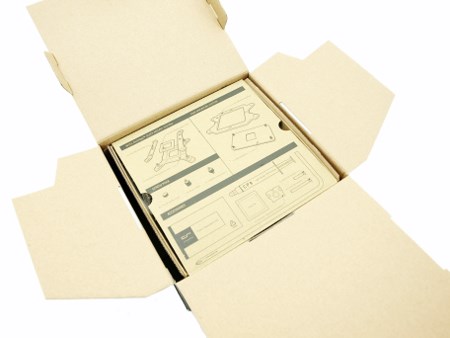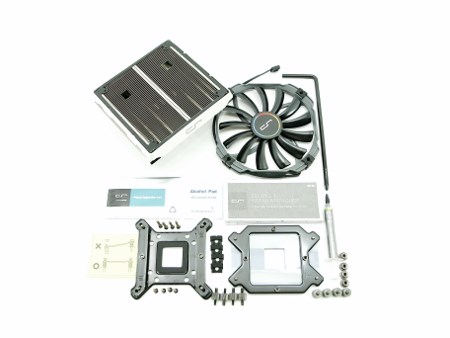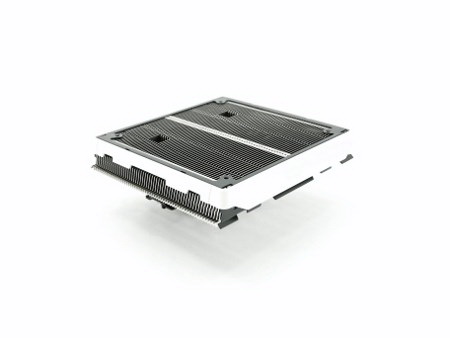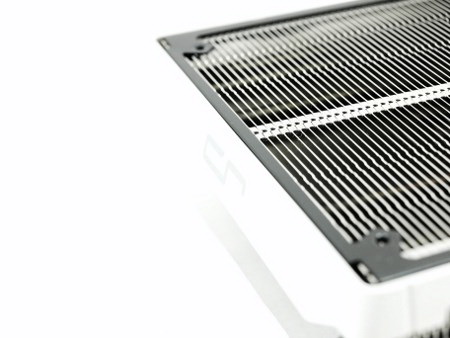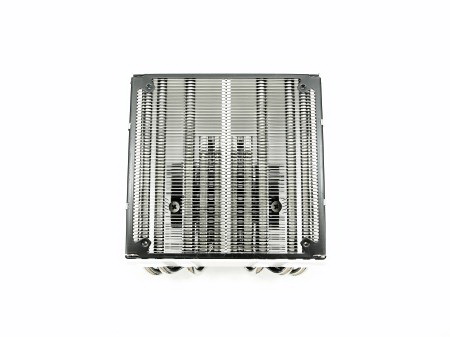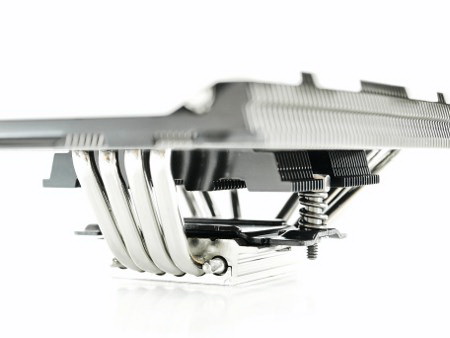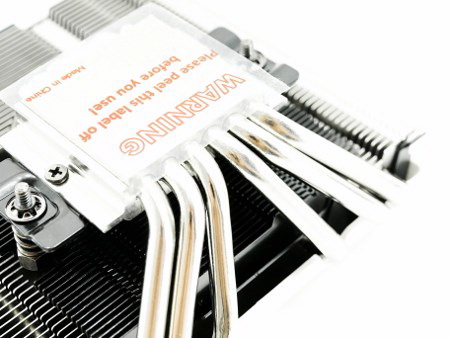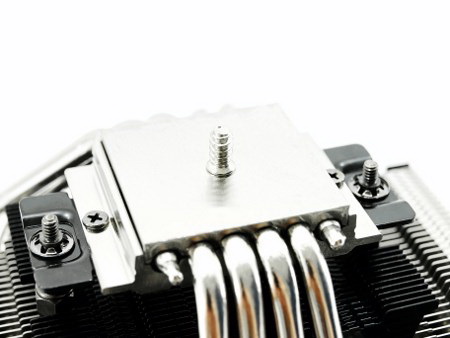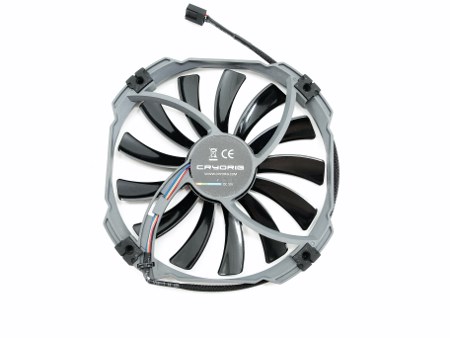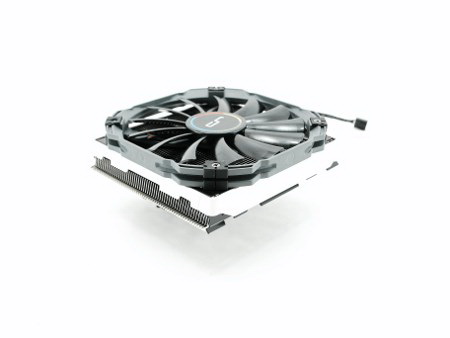INTRODUCTION
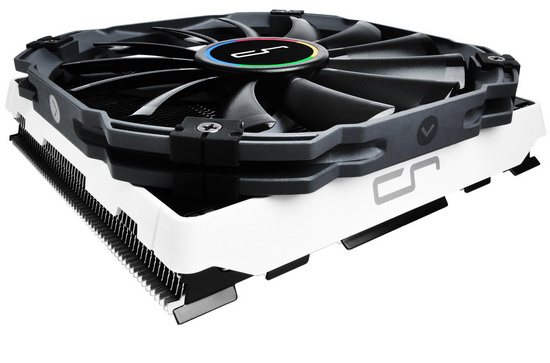
Low-profile CPU Coolers seem to be favored by manufacturers lately a lot more compared to the past most probably because of the somewhat recent explosion of mITX/mATX mainboards and systems in the market. I happen to be much more fond of full tower housed systems (XL-ATX/HPTX) with plenty of interior space and large components (old school i guess) but i do realize that the future lies in tiny low-power eco-friendly systems and although i don't really like the idea i think that in the end we'll all benefit from it. That being said it's not often that we get to test a much promising low-profile CPU Cooler model manufactured by someone other than the usual "suspects" in the market (like Noctua, Thermalright and be quiet!) but todays review is exactly that. So today installed on our LGA2011 test rig is the latest C1 Top-Down CPU Cooler by our friends over at CRYORIG.
CRYORIG was officially founded in 2013, but took several years in the making. We began our journey right at the start of the first decade of the 2000’s. During what was the most prosperous age of PC DIY and Overclocking. Members of our team have either worked directly or indirectly with brands such as Thermalright, Prolimatech, Phanteks and many more. We ourselves are overclockers and PC modding enthusiasts, with a passion and drive to strive for improvement. With direct knowledge of manufacturing and design as well as holding multiple patents under our collective belt, we decided to make a name for ourselves, and that name is CRYORIG. So what is CRYORIG exactly? CRYORIG is about making the coolest rig possible. Unsatisfied with what was available on the market at the time, we decided to start a something new something bigger. At CRYORIG, we don’t make products that are just good enough to fulfill a purpose, we go all out. We start on a journey to design the best performing, highest quality and coolest looking product that we can. Something that we ourselves want, and something that we are confident in delivering to our supporters. When buying a CRYORIG product feel assured that you are getting the best of all worlds.
The C1 follows the same larger is better ideology like its taller brother the R1 so it's roughly twice as large when compared to other low-profile CPU Coolers like the AXP-200 by Thermalright or the Gabriel by DEEPCOOL. As a matter of fact the only CPU coolers i can think of right now that can match the size of the C1 by CRYORIG are the NH-C14 by Noctua and the TopFlow SR1 by be quiet! and that's really a good thing since i think we need more such solutions in the market aimed at people who haven't chosen to house such systems inside the smallest possible mITX/mATX cases. Thanks to its size the C1 features an XT140 140mm low-noise fan at the top which should produce plenty of airflow between the fins of the cooler and if by any chance it's not enough to cover your needs and you have room to spare at the top you can even replace it for an normal sized 140mm fan of your choosing. But enough with the introductions, let's move forward with this review and see what the C1 Top-Down CPU Cooler is really capable of.
SPECIFICATIONS AND FEATURES

PACKAGING AND CONTENTS
Exactly like with the box of the R1 the front of the box is taken by a large product image, the CRYORIG logo and a few words about the cooler.
The main product features are listed on the right side.
Moving at the rear we see the product measurements with the help of 4 images, the two specifications lists and the mainboard compatibility.
A large product picture is also present once you open the box along with the extras you'll be getting by registering the product with CRYORIG.
The entire bundle is safely placed inside cardboard boxes with as you can see from the above picture.
The bundle includes the C1 Top-Flow CPU Cooler heatsink, XT140 140mm fan, long screwdriver, tube with thermal conductive material, alcohol pad, registration card, installation instructions, 4 sets of screws (2 sets for use with the bundled low-profile fan and 2 sets just in case you replace it with a normal one), 4 fan rubber mounts (for a normal sized fan), 2 backplates and all the necessary bits and pieces used to install the C1 onto Intel LGA775/1150/1155/1156/1366/2011 and AMD AM2/AM2+/AM3/AM3+/FM1/FM2 compatible mainboards.
THE C1
The 539g heavy heatsink of the C1 features a nice white shroud at the top and measures 144.5mm in length, 140mm in width and 61mm in height.
CRYORIG has printed their logo at the front of the shroud.
The main heatsink is made out of 56 aluminum fins 0.4mm thick each and spaced 1.8mm from each other (the two large holes are used to mount the cooler using the bundled screwdriver).
A second heatsink is located right beneath the primary one. This heatsink is made out of 35 aluminum fins 0.4mm thick each and spaced 1.4mm from each other.
Six nickel plated all-copper heatpipes leave the base of the C1 from both sides (six leave from the rear and 4 of them from the front) and pass through all of the 91 aluminum fins.
The nickel plated copper base doesn't feature a mirror-like finish but it's flat and well made.
Using a 13mm thick fan is not the best solution possible since the smaller blades produce less airflow (and static pressure) compared to larger ones. However with a maximum rotational speed of 1300RPM (+-10%) at 24dBA of noise and 65CFM of airflow the XT140 is actually not bad at all.
With the fan mounted on the heatsink the C1 is 74mm tall and weighs 628g.
TEST BED
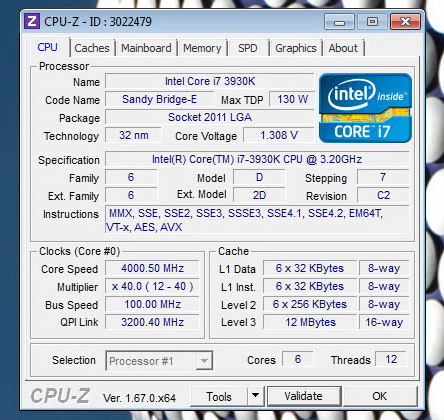

TESTING METHODOLOGY
We always take things quite seriously when it comes to work so just like with the previous LGA1366 database we will not be testing each CPU Cooler on its own and with different ambient temperature levels and thus we can actually have yet another valid CPU Cooler database. Testing a CPU Cooler automatically means that you need to know where it stands against the immediate competition and to accomplish that we have spent both money and time through the years, something that we plan to continue to do so in order to get the most accurate results for the end consumers who read these lines. Every CPU cooler in this database is tested with the bundled 140mm/120mm/92mm/80mm fans while working at both idle speed and 100% of their speeds for all the temperature tests. CPU Coolers that do not come bundled with a fan/s are measured using a Noctua fan (size dependent on the model) to test for the temperature tests but due to the lack of a stock fan dBA level tests are obviously skipped. Single (120/140mm) watercooling solutions are tested with the radiator mounted at the rear of our test rig while dual/triple/quad (240/260/280/360/420/480/560mm) Solutions with the radiator mounted at the top. For the dBA tests every cooler in the database was measured both while on idle mode or with the fan controller in the minimum setting and while on extreme load or with the fan controller all the way to the highest possible setting (PWM fans do that on their own without our intervention). Every single test takes place in a temperature controlled room of 23 degrees Celsius Ambient Temp with the help of two AC units placed diagonally inside the room. The Arctic Silver 5 thermal paste is used with every CPU Cooler in our latest LGA2011 database (although initially this was not the plan we had to change things to get the most accurate results). Finally it's very important to point out that just because a CPU Cooler is better than another when tested with our test rig that does not necessarily mean that the same performance differences will apply 100% for other CPU models and in other situations (such as different ambient temps and system configurations).
To successfully record the load temperatures we use the latest OCCT application for around 6-10 minutes to push the processor to its limits and after that is done and the temperatures are recorded we wait for about 10-20 minutes for the CPU to cool down and record the idle temperatures. This is done to allow time for the thermal conductive material to achieve the optimal performance level. Same procedure is then repeated with the Passmark BurnIn Test as a failsafe just in case the OCCT results are wrong. This procedure takes a lot more time than the usual peltier/thermometer tests but this way not only can we deliver real world results to our readers based on real CPUs but we can also triple check the results using a variety of programs. Last but not least the temperatures were recorded using both the latest versions of AIDA64 and RealTemp while the noise level tests are performed using a high precision ExTech HD600 Decibel Meter placed about 10-15cm above the CPU Cooler. Still although the same testing procedure applies to all units do take into consideration that unlike the official numbers which are measured in special noise isolated labs with just the fans here we also have both the rest of the cooler and the rest of the system (although all system fans are turned off when recording noise levels).
TEST RESULTS


CONCLUSION
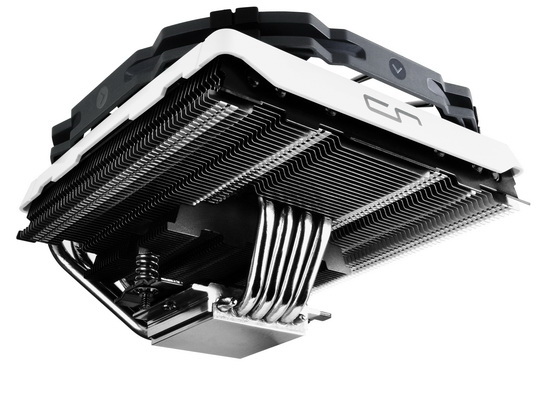
If i was to sit down and count the times when we received a low-profile CPU cooler capable of efficiently cooling our overclocked 3930k I’d only need to use the fingers of one hand so i consider such cases to be quite unique and since i had a feeling we wouldn't be disappointed that's why i used our primary test rig to review the C1 by CRYORIG instead of our secondary 3770k one. Of course as already mentioned in our introduction page the main goal of this review was to compare the C1 with the TopFlow SR1 by be Quiet! and the NH-C14 by Noctua and although the other two coolers performed slightly better we need to take into account two things, height and fan type. So although the C1 is shorter (73mm) compared to the NH-C14 (130mm) and the TopFlow SR1 (126mm) it also makes use of a single 140mm low-profile fan while the NH-C14 uses two 140mm fans and the TopFlow SR1 uses a single 135mm fan. Taking these into account the C1 obviously offers a much better height/performance ratio than either of the other two models (although if you have the space the NH-C14 is obviously the best choice). In terms of noise levels the C1 is not the most inaudible cooler out there at load but low-profile fans with many blades tend to be quite louder compared to normal sized ones with larger and fewer blades.
When we reviewed the R1 Ultimate CRYORIG had yet to establish a good presence in the market so i was glad to see that the C1 Top-Flow CPU Cooler is currently available inside the USA for USD64.99 (Newegg) and for 61.33Euros inside the EU (Amazon.de). I do realize that the asking price for a product manufactured by a brand new player in the market may not be what some of you had hoped but in the end the manufacturer matters not, not when the product is top notch. Availability although better compared to a few months back has a long way until it can be called good but at least now you can buy CRYORIG products in most places. Overall CRYORIG has released yet another CPU Cooler that does extremely well against its immediate competition and which is currently amongst the best (if not the best) sub-100mm low-profile CPU Coolers in the market and that's why it gets our Golden Award.
 PROS
PROS
- Build Quality
- Height (Only 74mm)
- Very Good Cooling Efficiency
- 140mm 1300RPM Fan
- Ability to Add An Normal Thickness 140mm Fan
- 6 Years Warranty
CONS
- Noise Levels (Compared To The Competition)
- Availability
